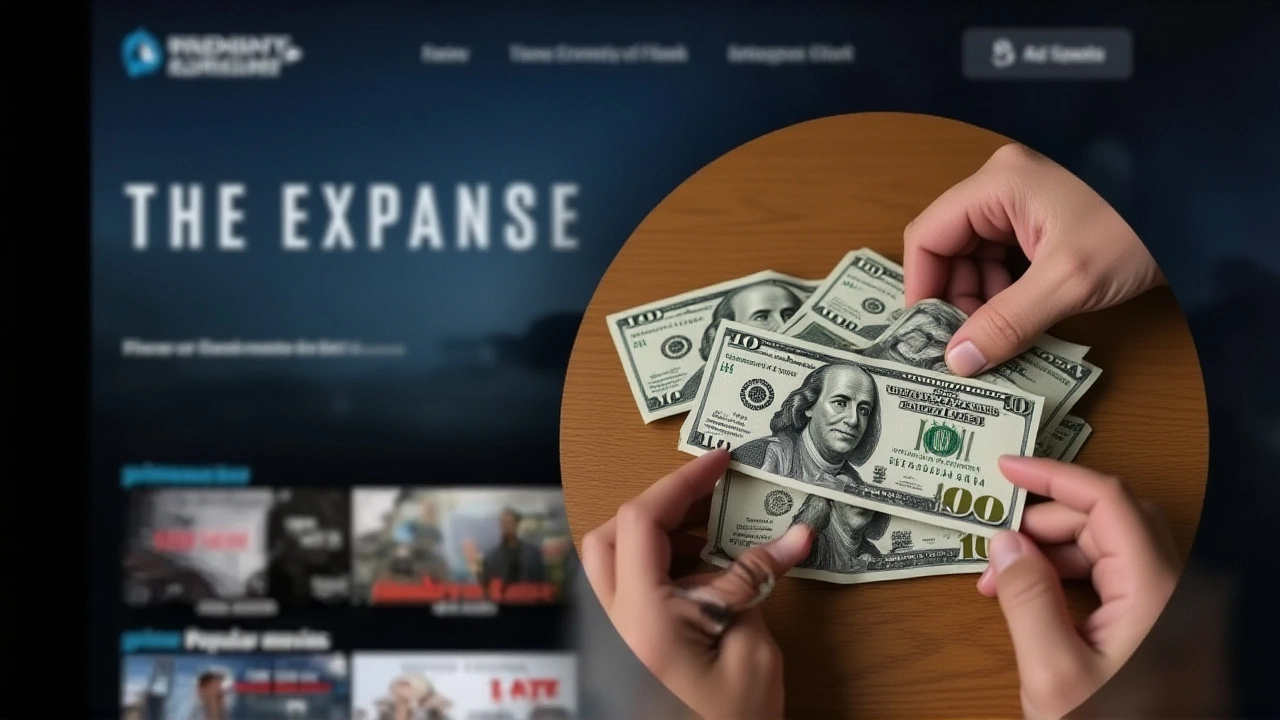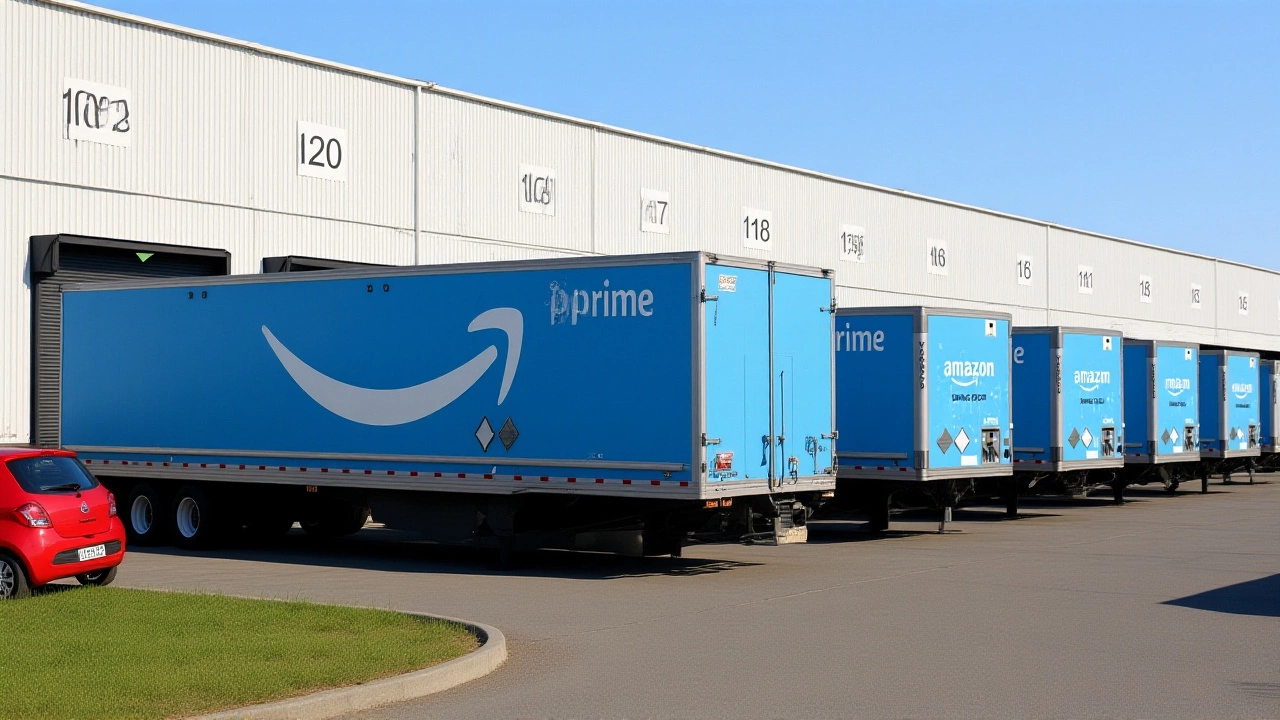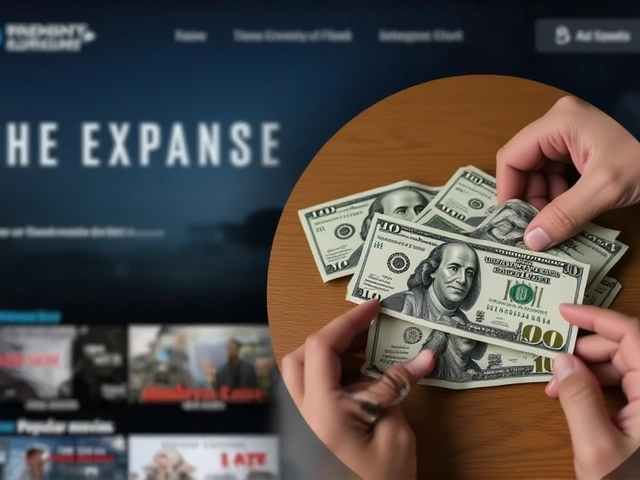FTC Secures $2.5B Settlement, Amazon Prime Users Get Up to $51

When Federal Trade Commission announced a $2.5 billion settlement against Amazon.com, Inc. in September 2024, the headline was clear: the e‑commerce giant must pay a $1 billion civil penalty and return $1.5 billion to roughly 35 million shoppers who were unintentionally signed up for Amazon Prime. The order, filed as the FTC v. Amazon Prime SettlementWashington, D.C., obliges the Seattle‑based retailer to overhaul its enrollment and cancellation flows, while promising eligible customers refunds up to $51 per account within 90 days.
Background of the FTC Action
The case traces back to a cascade of complaints filed between 2019 and 2025, when shoppers reported that the so‑called “Single Page Checkout” made it near‑impossible to opt out of Seattle‑headquartered Amazon’s flagship subscription, Prime. Under the Restore Online Shoppers’ Confidence Act (ROSCA), the FTC can chase “negative‑option” billing schemes that bind consumers without a clear “no thanks” button. Lead attorneys – Jonathan Cohen, Evan Mendelson, Olivia Jerjian and a team of Bureau of Consumer Protection lawyers – built a case that Amazon’s checkout intentionally buried the decline option beneath bright “Free Shipping” language.
Historically, the FTC has only secured civil penalties in two ROSCA cases before this one, making the $1 billion fine the largest ever for a subscription‑related violation. Director Samuel Levine has repeatedly warned that subscription services are a hot‑spot for deceptive practices, citing earlier actions against gym memberships and streaming platforms.
Details of the $2.5 Billion Settlement
The settlement splits into three buckets:
- A $1 billion civil penalty that will go directly to the U.S. Treasury.
- A $1.5 billion consumer redress fund, earmarked for the roughly 35 million people who were auto‑enrolled or faced obstructed cancellation.
- Mandatory operational reforms that Amazon must implement within a court‑set deadline.
On average, each eligible shopper will see a refund of about $42.86, though the amount can climb to the $51 ceiling depending on how long the unintended membership lasted and whether the consumer incurred any Prime‑related charges.
Payments will be automatic – no paperwork required – and will begin processing as soon as the district court signs off on the final order, a step expected by late October 2024. The FTC has also tasked an independent third‑party supervisor to audit the distribution, ensuring the money reaches the right wallets.
What Consumers Can Expect
If you signed up for Prime via the Single Page Checkout, a “Buy Now” button, or any linked promotion between June 23 2019 and June 23 2025, you’re in the payout pool. Look out for a notification from Amazon’s payments center; the refund will appear as a credit to the original payment method – usually a credit or debit card – within the 90‑day window.
Here’s the twist: the settlement does not cover Prime members who deliberately opted in, nor does it apply to corporate accounts. If you cancelled Prime within the first 30 days of enrollment, you may still be eligible for a partial refund, but the exact amount will be calculated by the third‑party auditor.
Oddly enough, many consumers are surprised to learn that the FTC’s redress fund covers not just the subscription fee but also any ancillary charges tied to Prime, such as video streaming fees or e‑book purchases made while the account was active.
Amazon’s Required Changes
Beyond the money, the settlement forces Amazon to redesign the checkout experience. The company must now display a conspicuous “Decline” button next to the Prime opt‑in, using plain language like “No, I don’t want Prime.” Any phrasing that nudges the shopper – for example, “Free Shipping” as the default – is prohibited.
The next paragraph of the order obliges Amazon to disclose, in clear terms, the cost of Prime, the frequency of billing, auto‑renewal mechanics, and the exact steps to cancel. Those disclosures must appear before the shopper clicks the final purchase button, and the cancellation flow must mirror the signup method – meaning a mobile app user should be able to cancel on the app, not be redirected to a desktop site.
Non‑compliance will trigger additional penalties, potentially another civil fine or enforcement action. Andy Jassy, Amazon’s CEO, has publicly pledged to meet the deadline, stating that the company “takes consumer trust seriously and will adjust our processes accordingly.”

Broader Implications for Subscription Services
The settlement sends a clear signal to every business that relies on automatic renewals: transparency isn’t optional. Industry analysts predict a ripple effect, with fintech firms and digital media services scrambling to audit their own checkout pages.
For consumers, the win feels personal. After years of “negative‑option” billing complaints, the FTC’s aggressive stance shows that large tech players can be held accountable. The case also bumps up the bar for future ROSCA enforcement; attorneys say the $1 billion penalty will be cited in upcoming lawsuits against other subscription‑heavy platforms.
Turns out, the legal cost of ambiguous UI design can be astronomical – a lesson Amazon will likely share in internal training sessions for months to come.
Next Steps and Timeline
Here’s the timeline as laid out by the court order:
- Sept 20 2024 – Order signed by the District Court.
- Oct 1 2024 – Independent monitor appointed.
- Oct 15 2024 – Amazon begins rollout of new “Decline” button.
- Nov 30 2024 – Full compliance audit due.
- Dec 31 2024 – First wave of refunds processed.
If any of those dates slip, the FTC can impose fresh penalties, a provision meant to keep Amazon’s engineers on their toes. Keep an eye on Amazon’s blog and the FTC’s press releases for updates; both agencies have promised transparency throughout the rollout.
Key Takeaways
In short, the FTC’s $2.5 billion settlement does three things: penalizes Amazon for deceptive design, refunds millions of shoppers, and forces a redesign of how online subscriptions are sold. For anyone who ever felt trapped by a “free shipping” offer that turned into a pricey Prime membership, the news is a welcome breath of fresh air.
Frequently Asked Questions
Who is eligible for the Amazon Prime refund?
Customers who were automatically enrolled in Prime between June 23 2019 and June 23 2025 via the Single Page Checkout or similar links are eligible. The refund can be up to $51 per account and will be credited to the original payment method.
How will I know the refund has been processed?
Amazon will send an email notification once the credit is posted. You can also check the “Payments” section of your Amazon account for a line item labeled “FTC Settlement Refund.”
What changes is Amazon required to make to its checkout?
The company must add a clear, conspicuous “Decline” button next to the Prime opt‑in, use plain language about costs and auto‑renewal, and allow users to cancel using the same method they signed up with. All disclosures must appear before the final purchase click.
Why does this settlement matter for other subscription services?
It sets a precedent that deceptive enrollment tactics can trigger massive civil penalties and mandatory redesigns. Companies that rely on “negative‑option” billing will likely face closer scrutiny and may need to proactively revamp their user interfaces.
What happens if Amazon fails to meet the compliance deadline?
The FTC can impose additional civil fines or pursue further enforcement actions. The court order includes a clause that allows the agency to seek penalties for any non‑compliance beyond the initial $1 billion civil penalty.

